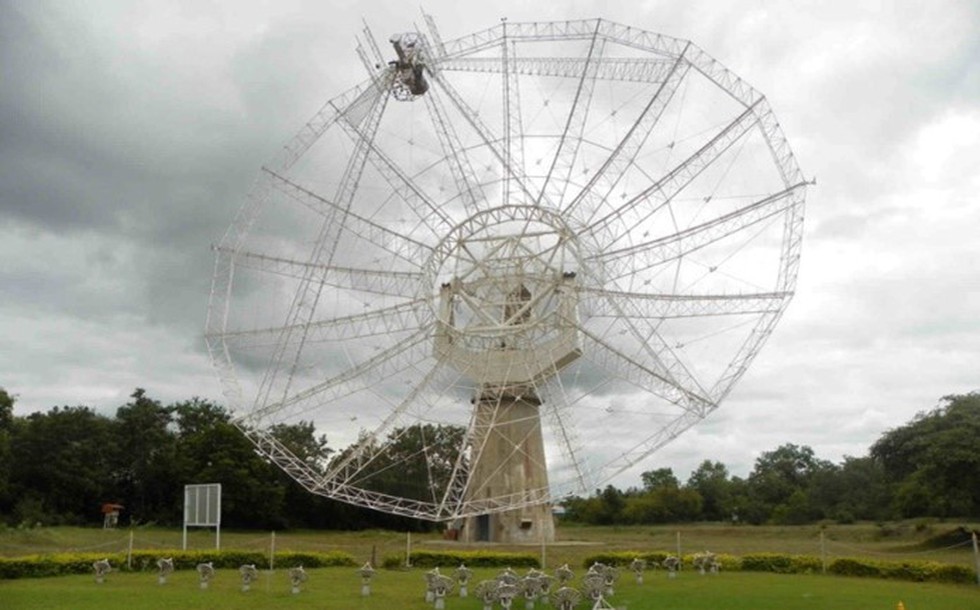About Giant Metrewave Radio Telescope (GMRT):
- GMRT is a low-frequency radio telescope that helps investigate various radio astrophysical problems ranging from nearby solar systems to the edge of the observable universe.
- Location: It is located at Khodad, 80 km north of Pune, Maharashtra.
- It is a project of the Department of Atomic Energy (DAE), operating under the Tata Institute of Fundamental Research (TIFR).
- The telescope is operated by the National Centre of Radio Astrophysics (NCRA). NCRA is a part of the TIFR, Mumbai.
- It consists of 30 fully- steerable dish-type antennas of 45-meter diameter each, spread over a 25-km region.
- GMRT is presently the world’s largest radio telescope operating at meter wavelength.
- It was recently upgraded with new receivers, after which it is also known as the upgraded Giant Metrewave Radio Telescope (uGMRT).
What are Pulsars?
- Pulsars are rotating neutron stars observed to have pulses of radiation at very regular intervals that typically range from milliseconds to seconds.
- Pulsars have very strong magnetic fields which funnel jets of particles out along the two magnetic poles.
- These accelerated particles produce very powerful beams of light.
- Often, the magnetic field is not aligned with the spin axis, so those beams of particles and light are swept around as the star rotates.
- Pulsars are among the few celestial objects that emit circular polarised light.
